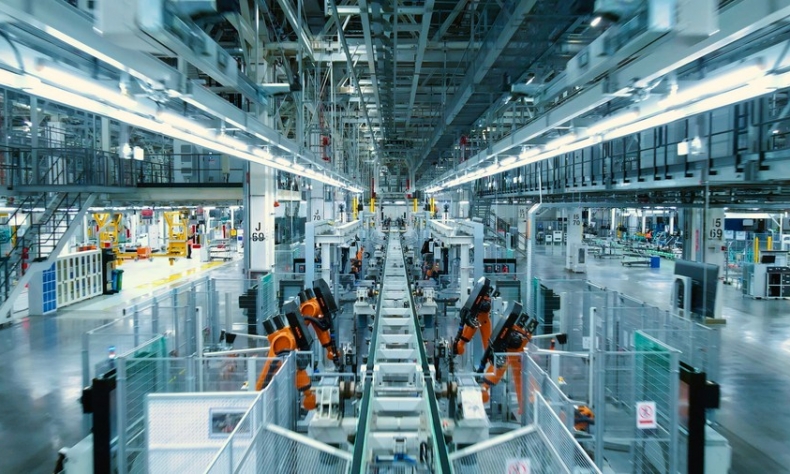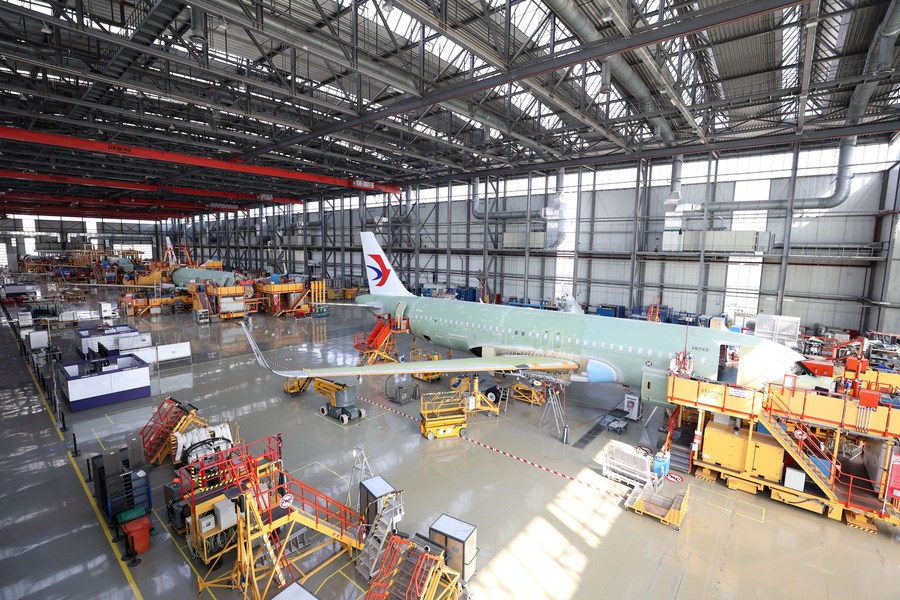The Door Is Always Open

At a time when geopolitical friction and deglobalization are making a lot of noise, China, guided by its open development concept, stands by a multilateral trade regime—i.e., the true definition of an opening-up policy.
During his first press conference as Chinese premier on March 13, right after the closing of the First Session of the 14th National People’s Congress (NPC), the country’s top legislature, Li Qiang stressed that opening up is “a basic state policy for China. No matter how the external situation may evolve, we will stay firmly committed to pursuing this policy.” The country intends to further expand opening up this year in alignment with high-standard international trade rules and by continuously improving both its business environment and services will open its door wider to the world.
One important proposed government undertaking for 2023, as stated in this year’s government work report, is to “intensify efforts to attract and utilize foreign investment.” This task includes expanding market access, continuing to open up the modern services sector, ensuring national treatment for foreign-funded companies, improving services for foreign-funded companies and facilitating the launch of landmark foreign-funded projects, according to the report.
Additionally, the country will take active steps to join the Comprehensive and Progressive Agreement for Trans-Pacific Partnership (CPTPP) and other high-standard economic and trade agreements, and steadily expand institutional opening up by proactively adopting the related rules, regulations, management and standards.
This year marks the 45th anniversary of the country’s adoption of its reform and opening-up policy. The past four-plus decades have not only witnessed China’s integration into the world economy but also its transformation into an engine of global growth. China is now the world’s second-largest economy and biggest trading nation in terms of goods. According to a report released by the National Bureau of Statistics in September last year, the average contribution rate of the Chinese economy to world economic growth surpassed 30 percent during the 2013-21 period, ranking first in the world.
Under the new development philosophy presented by President Xi Jinping in 2015—focusing on innovative, open, inclusive, green and shared development—the concept of opening up in the new era differs from that implemented in the late 1970s. This updated concept will lift China’s opening up to higher levels and contribute to a new growth pattern that promotes in-depth and mutually beneficial cooperation with the rest of the world.

As opening up is one of China’s basic state policies, why do some countries still worry China might deviate from this policy? The primary reason here is that the American clampdown on bilateral trade amid surging unilateralism in the U.S. is fueling global concerns about a potential China-U.S. decoupling and the damage this might do to the world’s multilateral trading mechanism.
The reality is China-U.S. trade volume approached $760 billion in 2022, both a record high as well as a sign that both economies are closely intertwined and benefit from each other’s development. Recurring arguments on decoupling have caused panic among business communities in both countries as this would go against their interests. In stark contrast to the political American narrative, the commercial one is advocating China-U.S. cooperation—and the high trade volume bears testimony to that.
China’s trade and economic ties with the U.S. are just one segment of win-win cooperation under the country’s open development concept. China maintains mutually beneficial cooperation with the Association of Southeast Asian Nations (ASEAN), the European Union, African and Latin American countries, and other economies. This year also marks the 10th anniversary of the proposal of the Belt and Road Initiative, which aims to boost connectivity along and beyond the ancient Silk Road routes.
Plus, trade and investment platforms like the China International Import Expo and China Import and Export Fair (or the Canton Fair) as well as many free trade zones across the country are ramping up economic integration between China and the rest of the world. Last year, China’s actual utilization of foreign capital surpassed $189 billion, an increase of roughly $50 billion over three years ago and another record high, according to a Ministry of Commerce report released in January.
At a time when geopolitical friction and deglobalization are making a lot of noise, China, guided by its open development concept, stands by a multilateral trade regime—i.e., the true definition of an opening-up policy.
 Facebook
Facebook
 Twitter
Twitter
 Linkedin
Linkedin
 Google +
Google +










